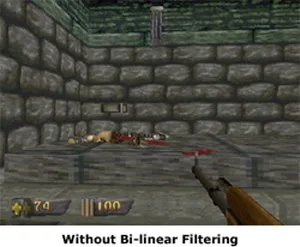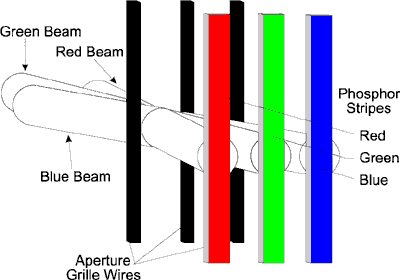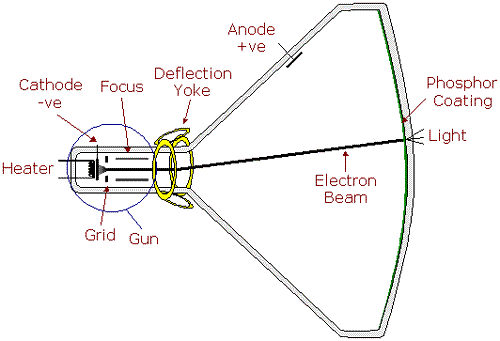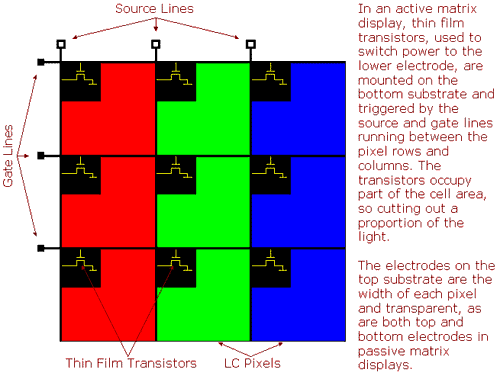Braun Tube
The development of the first CRT was the culmination of many years, or in this case, centuries, of research and discovery which put into place all the necessary elements. These include: the first manmade phosphor (1603); the first gas discharge tube (1751); the first production of light by exciting a phosphor with an electrical discharge … Read more









